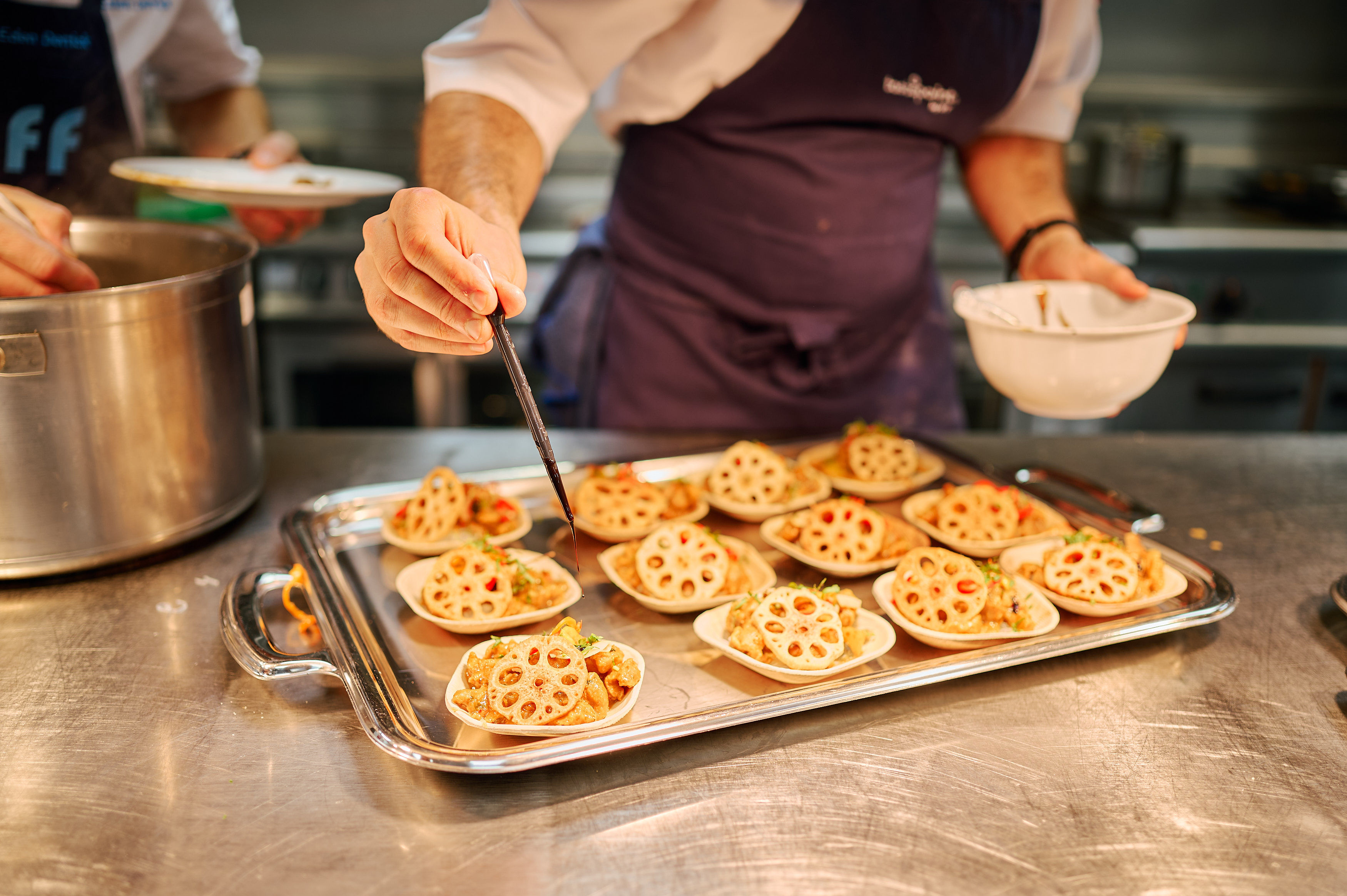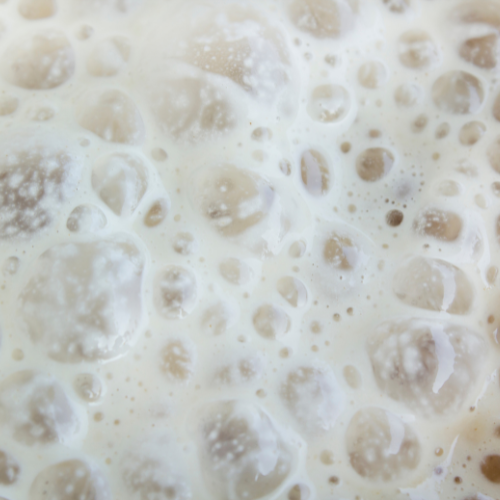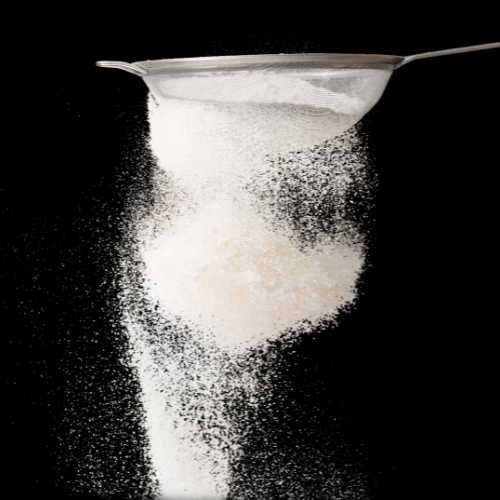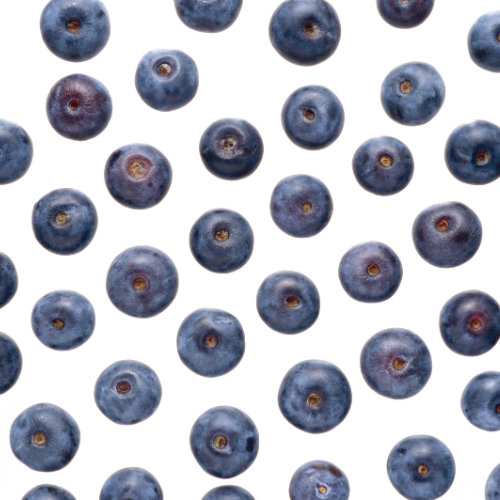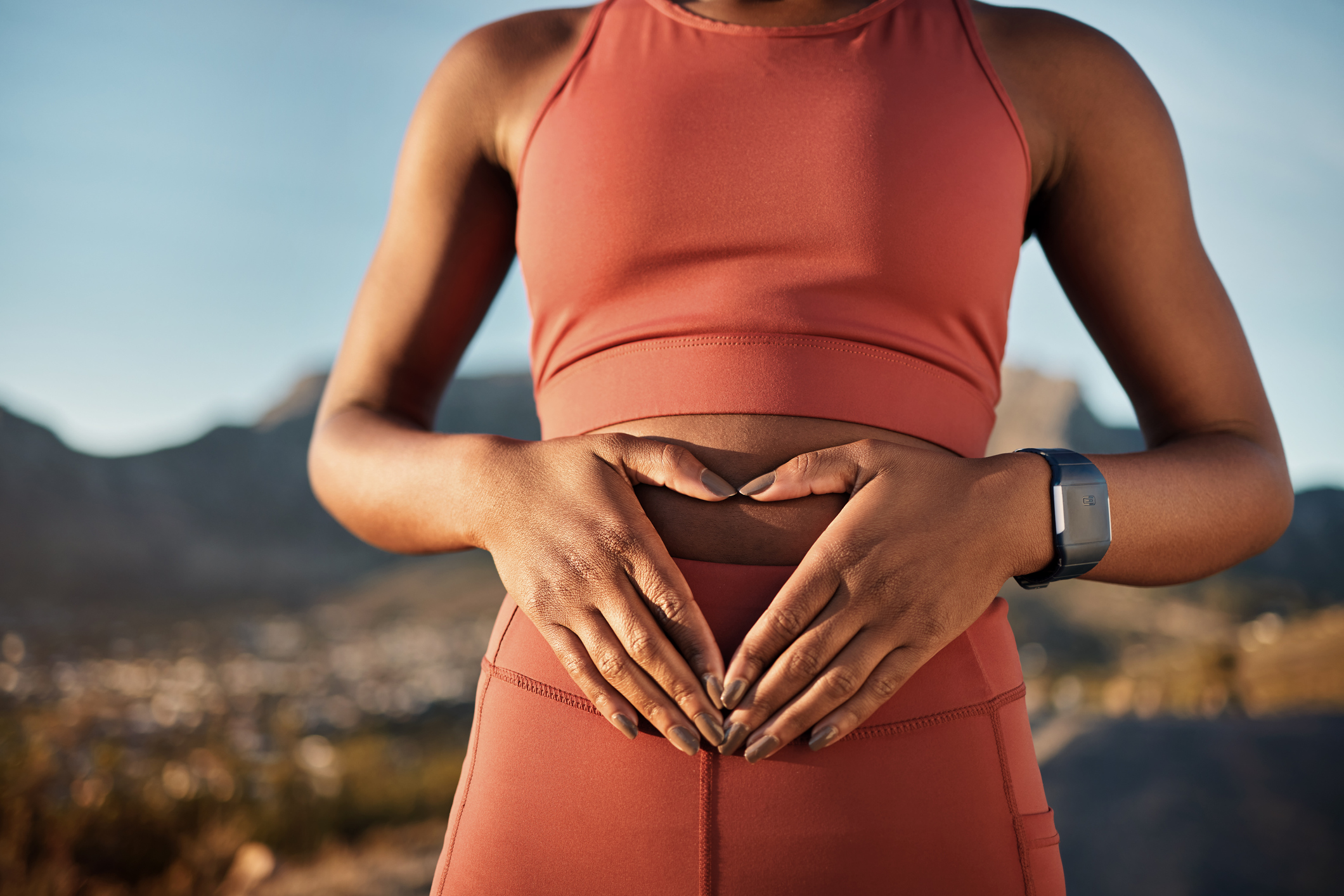Deep dive: how women are left out of sports nutrition research

The Food Matters Live podcast invited sports dietician Renee McGregor and Senior Performance Nutritionist Mhairi Keil to discuss the glaring gender gaps in sports nutrition research. Listen now or browse the key highlights and talking points from our timely discussion below.
A woman’s health cycle is inherently dynamic
Women generally have a more dynamic health cycle than their male counterparts, encompassing puberty, perimenopause, menopause and post-menopause as well as pre and postnatal. These life stages are defined by hormonal fluctuations and a cascade of physical changes which bring unique challenges for female athletes.
Sports nutrition is a man’s world
Despite the complex and dynamic hormonal cycles women experience – or perhaps because of them – gaping holes persist in our understanding of female sports nutrition. According to the University of Chester, just 6% of existing sports science research is focused specifically on female athlete populations.
Consequently, women are left to rely on products and training advice that ignores their unique physiology, built as they are upon male-centric study populations. It reflects a wider trend within nutrition where female needs have been overlooked and underserved, the industry treating them as “small men”, not a unique demographic with distinct biology to navigate.
Research gaps pose risks to female health
“Female physiology is very different to that of men,” says Renee McGregor, “For a start, women are governed strongly by a hormonal cycle that can impact energy levels, mood and ultimately, performance.”
The dearth of research into how these variables affect female performance prevents women from working with their physiology. Not only could this sacrifice performance margins for female athletes, but it may place women at an increased risk for conditions such as Low Energy Availability and Relative Energy Deficiency in Sports (RED-S).
Female nutrition isn’t one-size-fits-all
A female athlete’s nutritional requirements depend upon a range of variables such as their chosen sport, training load, volume, and age. “You have to start from scratch with every person you work with,” says Mhairi Keil. Even in a single sports team, players may have vastly different energy expenditures and thus nutritional requirements.
What’s more, female athletes often overlook their activity outside of the training ground, says Renee McGregor, which can lead to them consuming insufficient calories to support the body’s normal functions: “The body doesn’t differentiate between movement for competition and movement for leisure”.


